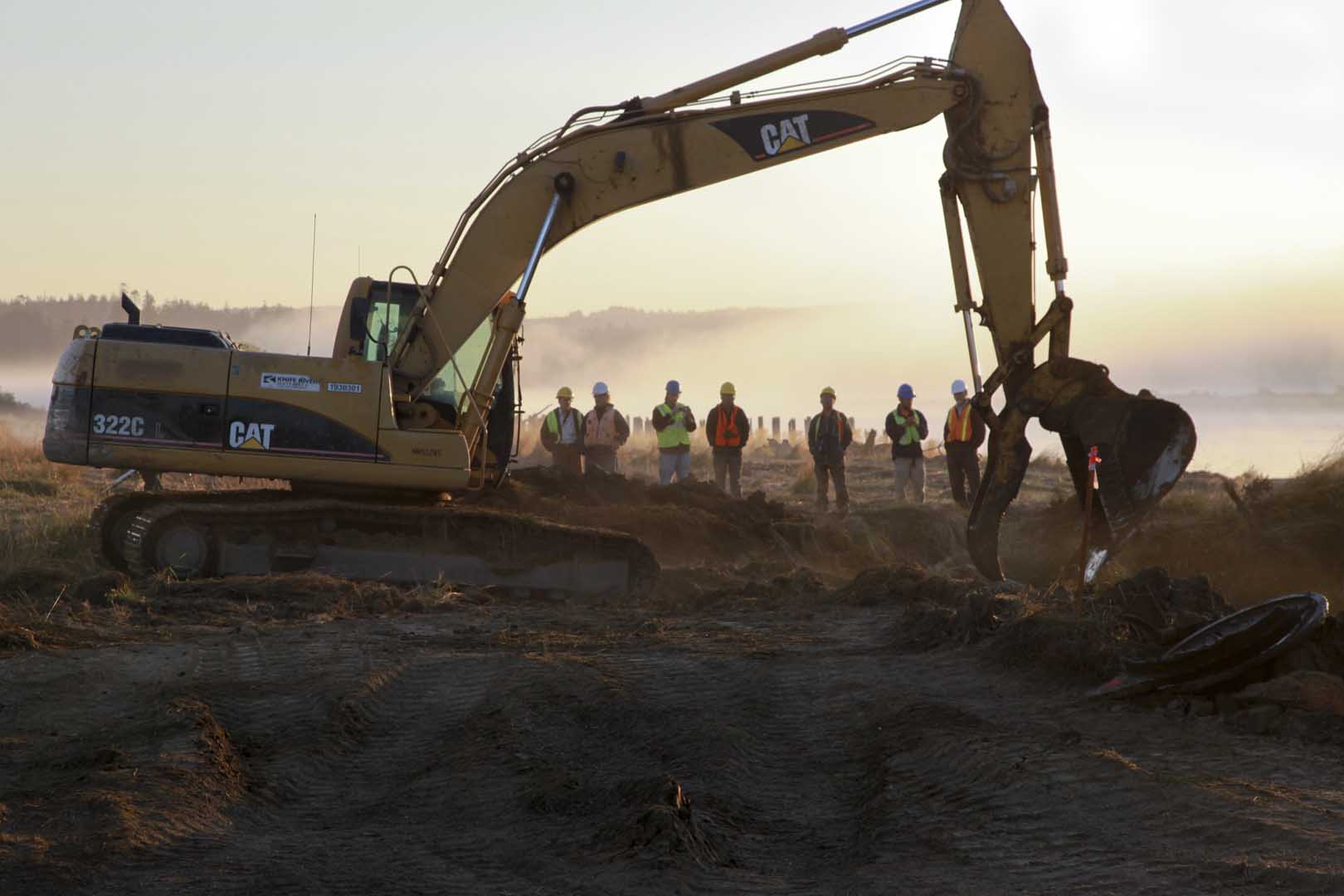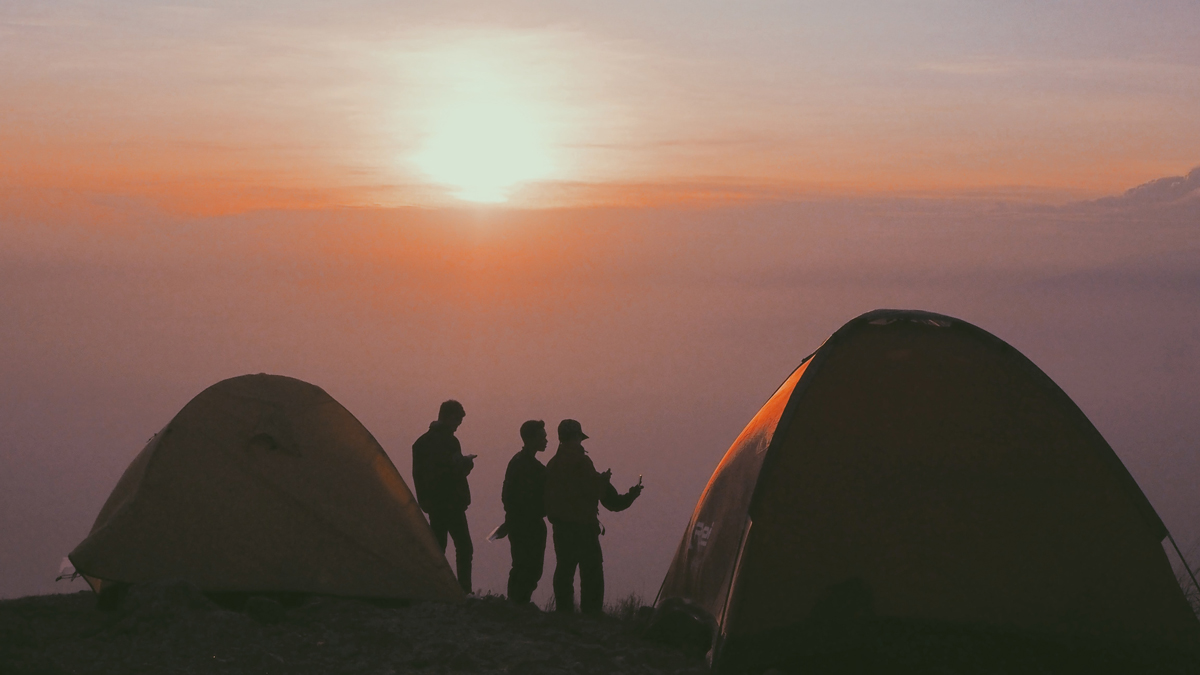Once-in-a-generation legislation now heads to President Trump’s desk
In a historic moment for bipartisan support of America’s public lands and waters, the Great American Outdoors Act passed in a 310-107 vote on the House floor today.
The legislation now lands on the president’s desk for signature, which will secure full funding of the Land and Water Conservation Funding at $900 million annually and invest $9.5 billion over the next five years to address the deferred maintenance backlog on our public lands.
“Sportsmen and women who have spoken out for years in support of the LWCF and against the chronic underfunding of our conservation agencies should be very proud to be a part of this historic win for public lands, fish and wildlife habitat, and our hunting and fishing access,” says Whit Fosburgh, president and CEO of the Theodore Roosevelt Conservation Partnership. “These issues don’t make the front page every day, which is all the more reason to celebrate the willingness of our lawmakers to prioritize the Great American Outdoors Act with a spirit of urgency and bipartisanship.”
Securing dedicated, full funding for the LWCF has been a major goal of the conservation community for decades. When the LWCF was created, Congress intended for $900 million from offshore oil and gas royalties to be used each year for conservation projects, but this level of funding was never realized and more than $20 billion in LWCF funds have been diverted elsewhere.
Still, in its 50-year history, the LWCF has conserved land in every U.S. state and supported more than 41,000 state and local park projects. It is the best tool we have for unlocking inaccessible public lands that are entirely surrounded by private land with no legal means of access. The TRCP and onX have identified nearly 16 million landlocked acres across the West and plan to release data on six states east of the 100th meridian this year.
In 2019, sportsmen and women celebrated permanent authorization of the fund through the passage of S.47—the John D. Dingell Jr. Conservation, Management, and Recreation Act—which also required that three percent of total LWCF funds, or a minimum of $15 million, be used each year to establish or improve access to public lands. With $900 million annually from the Great American Outdoors Act, $27 million will be dedicated to public land access each year.

The backlog of maintenance projects on National Park Service, U.S. Forest Service, U.S. Fish and Wildlife Service, and Bureau of Land Management lands has grown as conservation’s share of the federal budget has been cut in half over the last 40 years. The crumbling of America’s outdoor recreation infrastructure undermines quality experiences in the outdoors, which could contribute to decreased hunting and fishing participation, fewer license sales, and less conservation funding.
Prioritizing shovel-ready projects during this economic downturn not only revamps sportsmen’s access and opportunities, it can also put people back to work. In this way, the Great American Outdoors Act addresses two of TRCP’s top issues for 2020 and beyond.
“For Americans who are increasingly turning to the outdoors for solace and enjoyment during the pandemic, this vote confirms that our natural resources are worthy of robust investment, especially at a time when conservation and access improvement projects can create much-needed jobs,” says Fosburgh.
Watch our CEO’s message to the thousands of TRCP members who supported the Great American Outdoors Act and Land and Water Conservation Fund by contacting their lawmakers. And check out this video recorded live with Fosburgh before the vote, which highlights just how big this conservation victory is.
Click here to see what TRCP’s partners are saying about the Great American Outdoors Act.
Top photo by Kyle Mlynar.








This is awesome news and long overdue. Protect public lands!
How do I get one of those jobs?
Awesome just awesome
This is Huge for all Americans! 👍